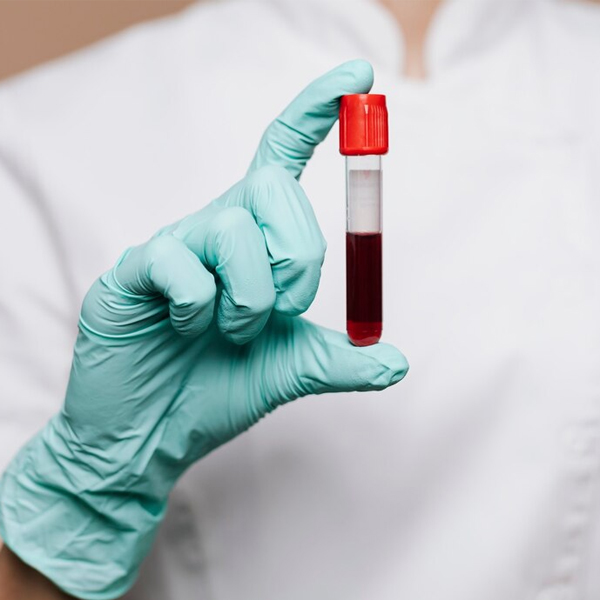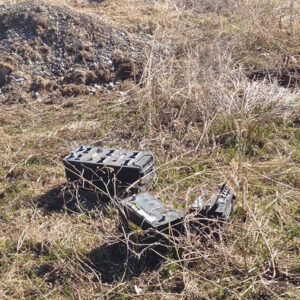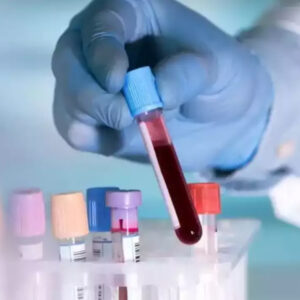Description
Lead sources reported in India include spices, cookware, paint, traditional medicines and cosmetics, and lead-acid battery recycling and repair. However, their relative contribution has not been characterized. More than 200 lead pollution sites related to battery recycling and repair activities were identified in Bihar and Jharkhand, India. Ninety percent of the recycling sites had soil lead concentrations exceeding the US Environmental Protection Agency’s standards. We compared blood and environmental lead levels in two groups of children in Patna, Bihar. Households in proximity to battery recycling operations (Proximal n = 67) versus households distal to these operations (Distal n = 68). The average age of children was 40 months; 46% were female. Overall, the geometric mean (GM) BLL was 11.6 μg/dL. GM BLLs of children in Proximal and Distal households were not significantly different (10.2 μg/dL vs. 13.1 μg/dL respectively; p≤0.07). About 87% children, 56 Proximal and 62 Distal had BLLs ≥5 μg/dl. Lead concentrations in environmental samples were significantly higher in Proximal households (soil mean 9.8 vs. 1.6 μg/ft2; dust mean 52.9 vs. 29.9 μg/ft2 p<0.001; Proximal vs. Distal respectively) whereas concentrations in all spices were higher in Distal households (mean 46.8 vs 134.5 ppm p<0.001; Proximal vs. Distal respectively), and turmeric (mean 59.4 vs. 216.9 ppm Proximal vs. Distal respectively). In multivariate analyses for all children lead in spices and turmeric and number of rooms in the house were significant while for the Proximal group only lead in spices remained in the model. The predictive value of these models was poor. For the Distal group, a model with lead concentration in spices, turmeric and soil and number of rooms in the house was a much better fit. Of the 34 water samples collected, 7 were above the Indian standard of 10 ppb for lead in drinking water (2 in the Proximal area, 5 in the Distal area). Children in Patna, Bihar, India are exposed to multiple sources of lead, with lead levels in house dust and loose, locally sourced spices the most likely to increase blood lead levels. A holistic approach to blood lead testing and source identification and remediation are necessary to prevent lead exposure.



